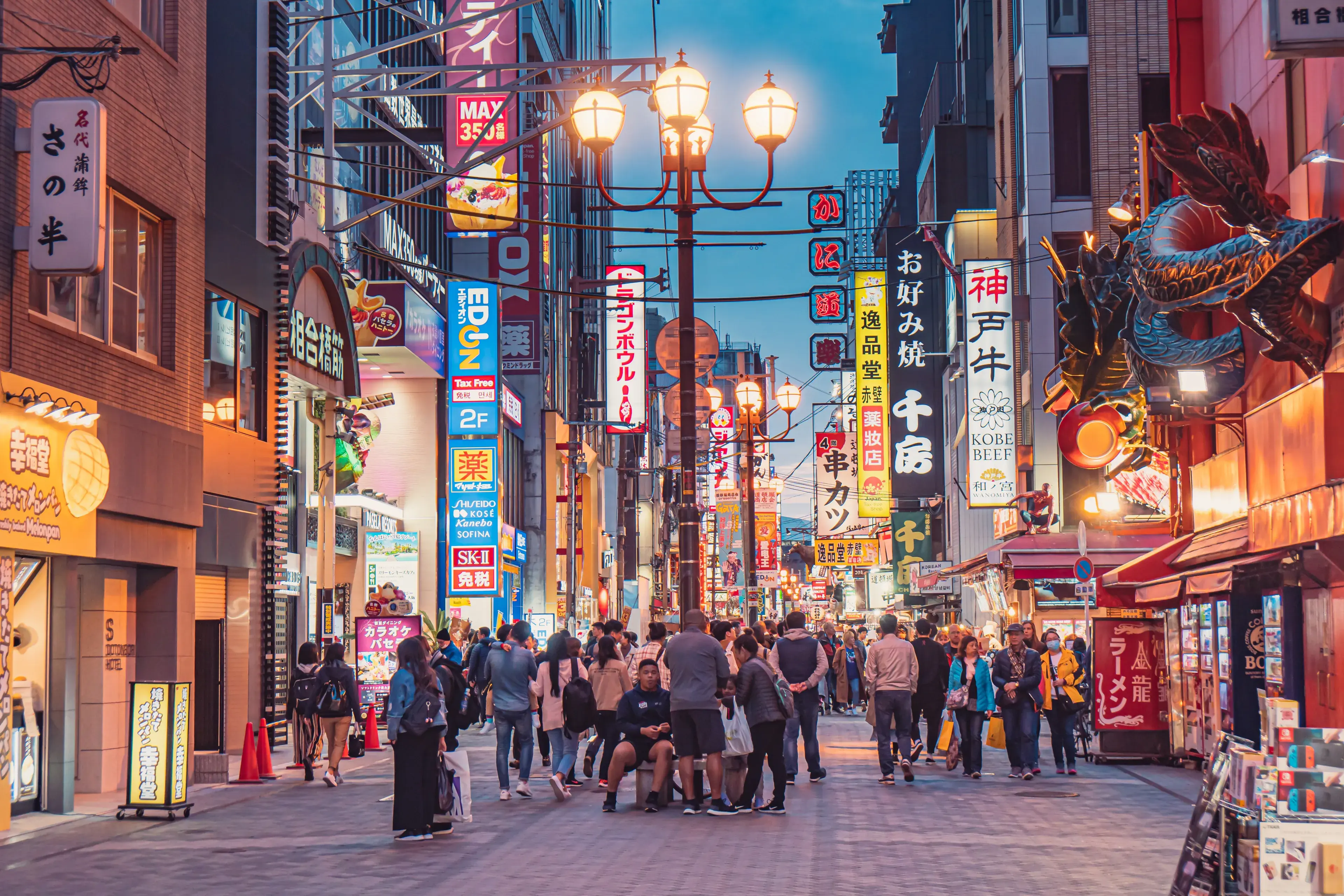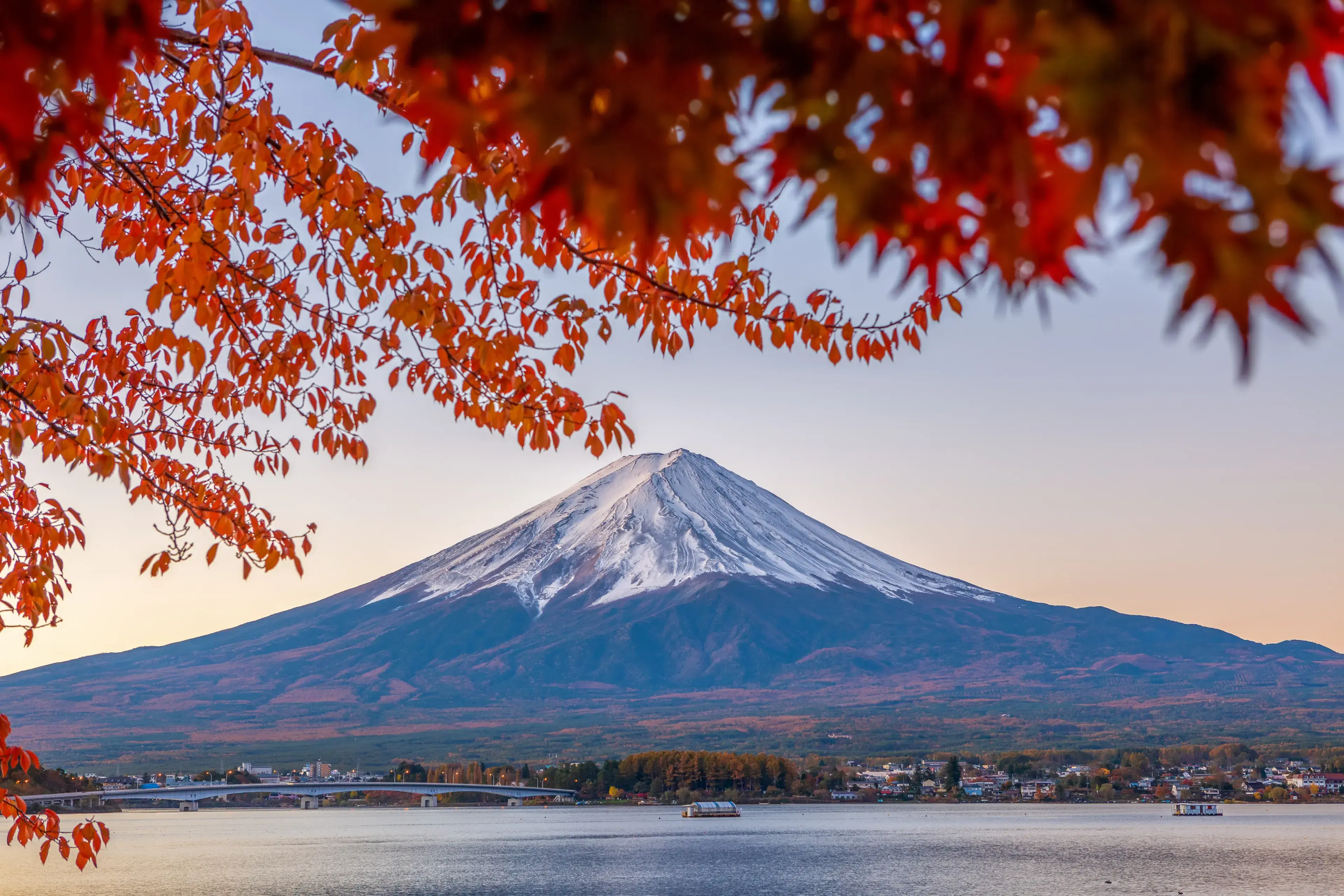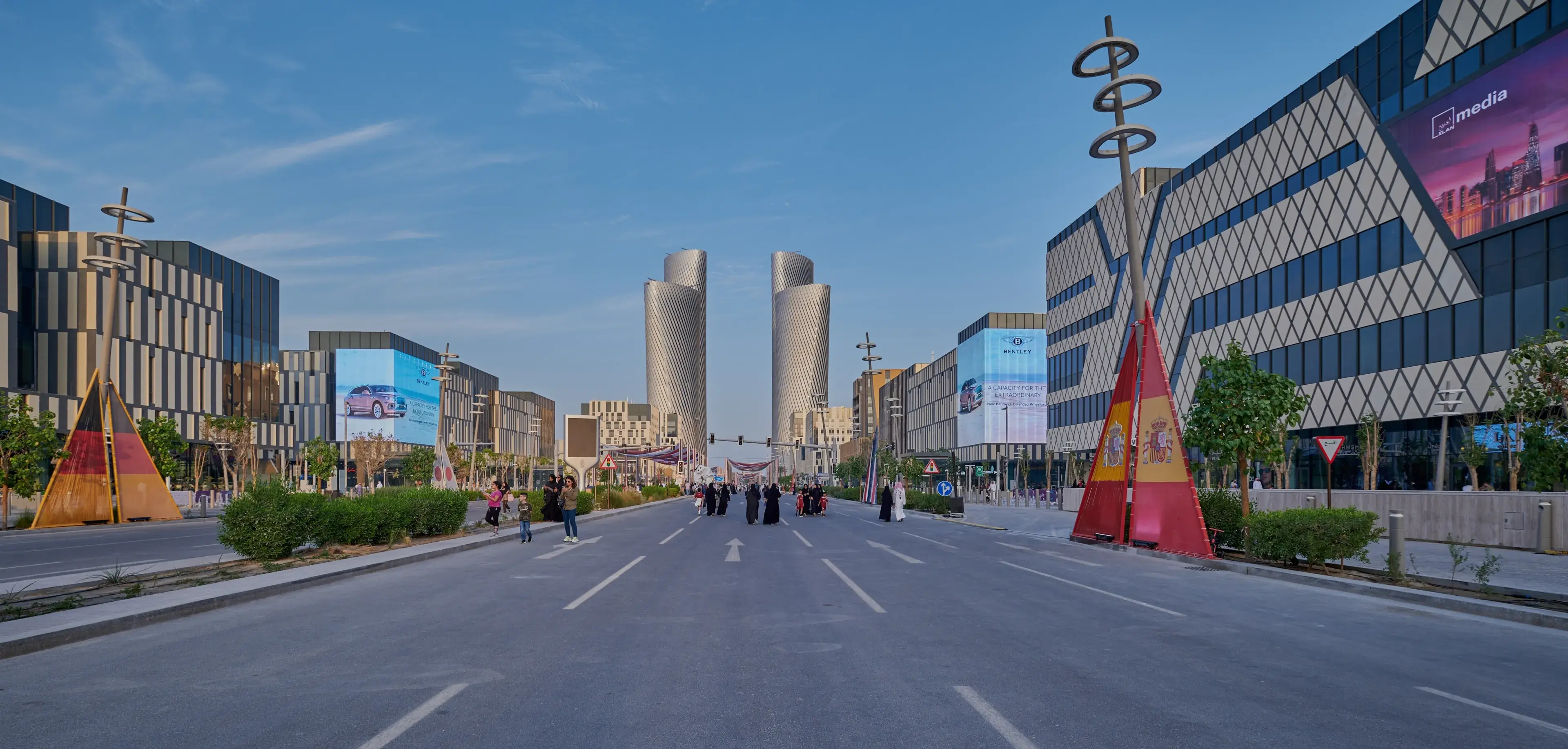
Японія балансує між туристичним бумом та проблемами овертуризму на тлі рекордної кількості відвідувачів
Японія переживає безпрецедентний сплеск туризму з рекордною кількістю відвідувачів у першому півріччі. У червні країна прийняла 17,78 мільйона туристів, що перевищило попередні рекорди і дозволило їй перевищити річний максимум у 31,9 мільйона, встановлений у 2019 році, до того, як пандемія COVID-19 призвела до зупинки світового туризму.
Слабка ієна відіграла значну роль у цьому туристичному бумі, зробивши Японію непереборною пропозицією для іноземних мандрівників. Як результат, відвідувачі з різних регіонів стікаються до країни, приваблені її багатою культурою, приголомшливими пейзажами, а тепер ще й більш доступними цінами. Прем'єр-міністр Фуміо Кісіда очікує, що витрати відвідувачів досягнуть 8 трильйонів ієн (50 мільярдів доларів США) у 2024 році, позиціонуючи туризм як другий за величиною експортний сектор країни, після автомобілів і випереджаючи електронні компоненти.
Однак цей наплив туристів також викликає занепокоєння щодо надмірного туризму, оскільки популярні туристичні напрямки намагаються впоратися з напливом відвідувачів. На горі Фудзі, культовій вершині Японії, спостерігається переповненість стежок і збільшення кількості сміття, що спонукає місцеву владу розглянути такі заходи, як плата за вхід і обмеження кількості туристів, щоб впоратися з наслідками цього явища. Аналогічно, мер міста Хімедзі запропонував стягувати з іноземних відвідувачів плату за вхід до знаменитого замку самурайської епохи в шість разів більшу, ніж платять місцеві жителі.
Щоб вирішити ці проблеми, японський уряд вживає активних заходів для управління туристичним бумом, забезпечуючи при цьому позитивний досвід як для відвідувачів, так і для місцевих жителів. Однією з ключових ініціатив є запровадження нової системи попереднього оформлення, яка має запрацювати в січні 2024 року, починаючи з туристів з Тайваню. Ця система дозволить відвідувачам пройти більшу частину імміграційної перевірки до вильоту, що скоротить час оформлення в'їзду після прибуття і зменшить затори в аеропортах.
Прем'єр-міністр Кісіда також закликав до використання технологій для управління натовпами в популярних туристичних напрямках і поліпшення загального туристичного досвіду. Уряд має на меті сприяти відвідуванню місцевих регіонів, заохочуючи мандрівників виходити за межі відомих гарячих точок і відкривати для себе приховані перлини Японії. Таке розосередження відвідувачів не лише зменшить тиск на переповнені райони, але й принесе економічну вигоду менш відомим дестинаціям.
На додаток до цих заходів, уряд зосереджується на розвитку практики сталого туризму. Це включає підвищення привабливості національних парків, просування екологічно чистих видів діяльності та заохочення відповідальної поведінки мандрівників. Розвиваючи культуру поваги до місцевих громад та довкілля, Японія сподівається пом'якшити негативні наслідки надмірного туризму та забезпечити довгострокову життєздатність своєї туристичної галузі.
Незважаючи на виклики, пов'язані з туристичним бумом, економічні вигоди від нього є беззаперечними. Іноземні відвідувачі витратили вражаючі 2,14 трильйона ієн лише за квартал з квітня по червень, забезпечивши вкрай необхідний поштовх японській економіці. Однак уряд визнає, що необхідно дотримуватися балансу між прийомом відвідувачів та управлінням впливом на місцеві громади.
Оскільки Японія переживає цей безпрецедентний туристичний сплеск, очевидно, що необхідний багатогранний підхід. Оптимізуючи процеси в'їзду, просуваючи регіональний туризм, впроваджуючи сталі практики та взаємодіючи з місцевими громадами, країна може використати потенціал туризму, пом'якшуючи при цьому його потенційні недоліки. Успіх цих зусиль матиме вирішальне значення для того, щоб Японія залишалася головним напрямком для мандрівників з усього світу, зберігаючи при цьому унікальний шарм і характер, які роблять її такою особливою.


Основні моменти дестинації
Спортивний туризм і Паризька Олімпіада: Несподіваний поворот
30 липня 2024 р.

Основні моменти дестинації
Героїчна подорож Діснея: Доля Діснея вирушає у плавання з Marvel Magic та Pixar Pizzazz
2 серпня 2024 р.

Основні моменти дестинації
У гонитві за полярним сяйвом: Готуйтеся до вражаючих полярних сяйв у 2024 році
3 серпня 2024 р.

Основні моменти дестинації
Топ-10 місць, які ви не зможете відвідати менш ніж за рік
12 серпня 2024 р.

Основні моменти дестинації
Чи варто витрачати гроші на відпочинок у тематичному парку Діснея?
12 серпня 2024 р.

Основні моменти дестинації
Заборонене розблоковано: Прихована утопія Північної Кореї нарешті відкрита для туристів!
14 серпня 2024 р.

Основні моменти дестинації
Туристичний бум у Катарі: безвізовий режим відкриває двері для відвідувачів з усього світу
19 серпня 2024 р.

Основні моменти дестинації
Флорида стирає інформацію про ЛГБТК+ туризм: Сайт штату шокуючим чином видаляє інформацію про гей-туризм
23 серпня 2024 р.

